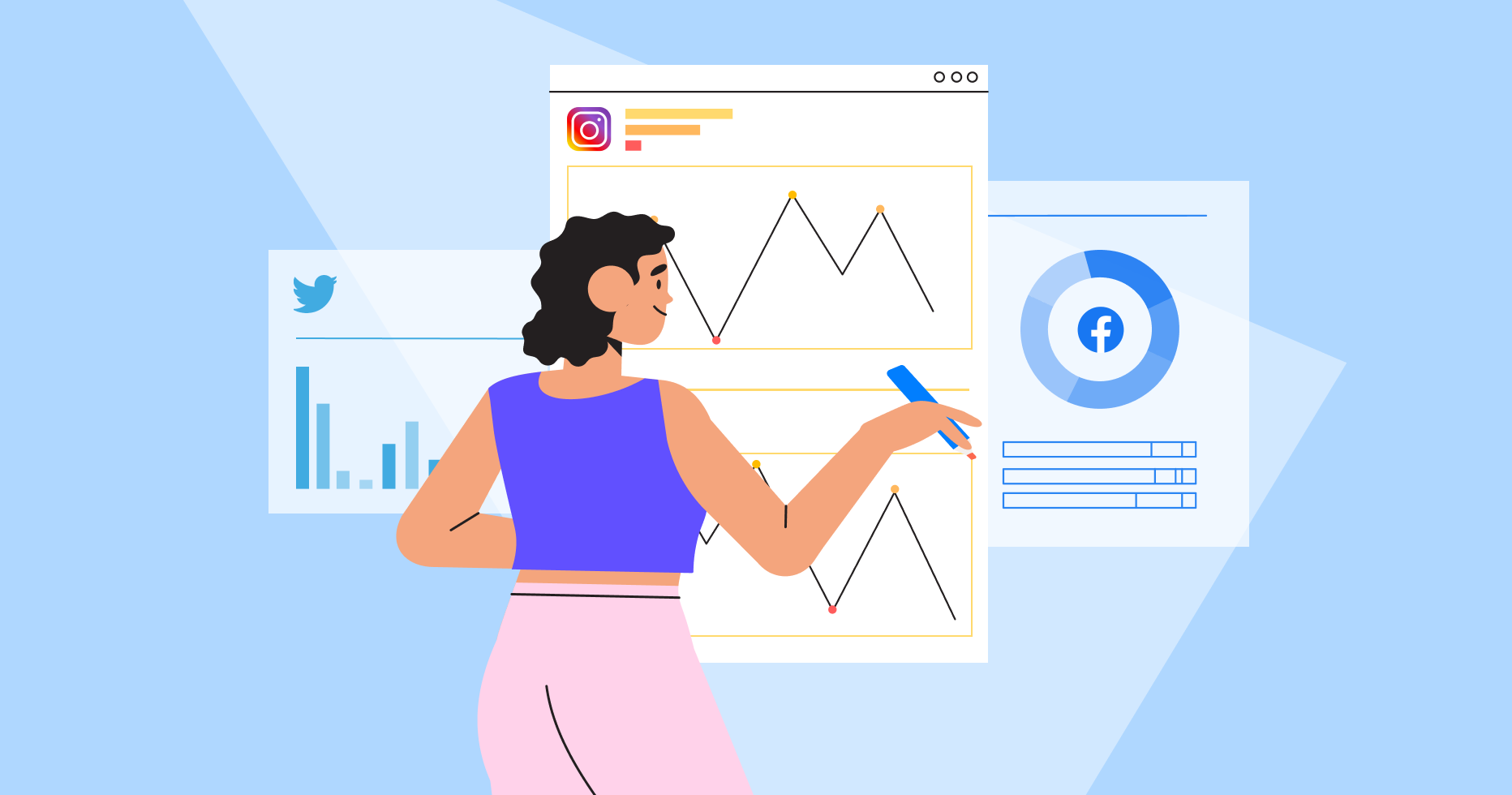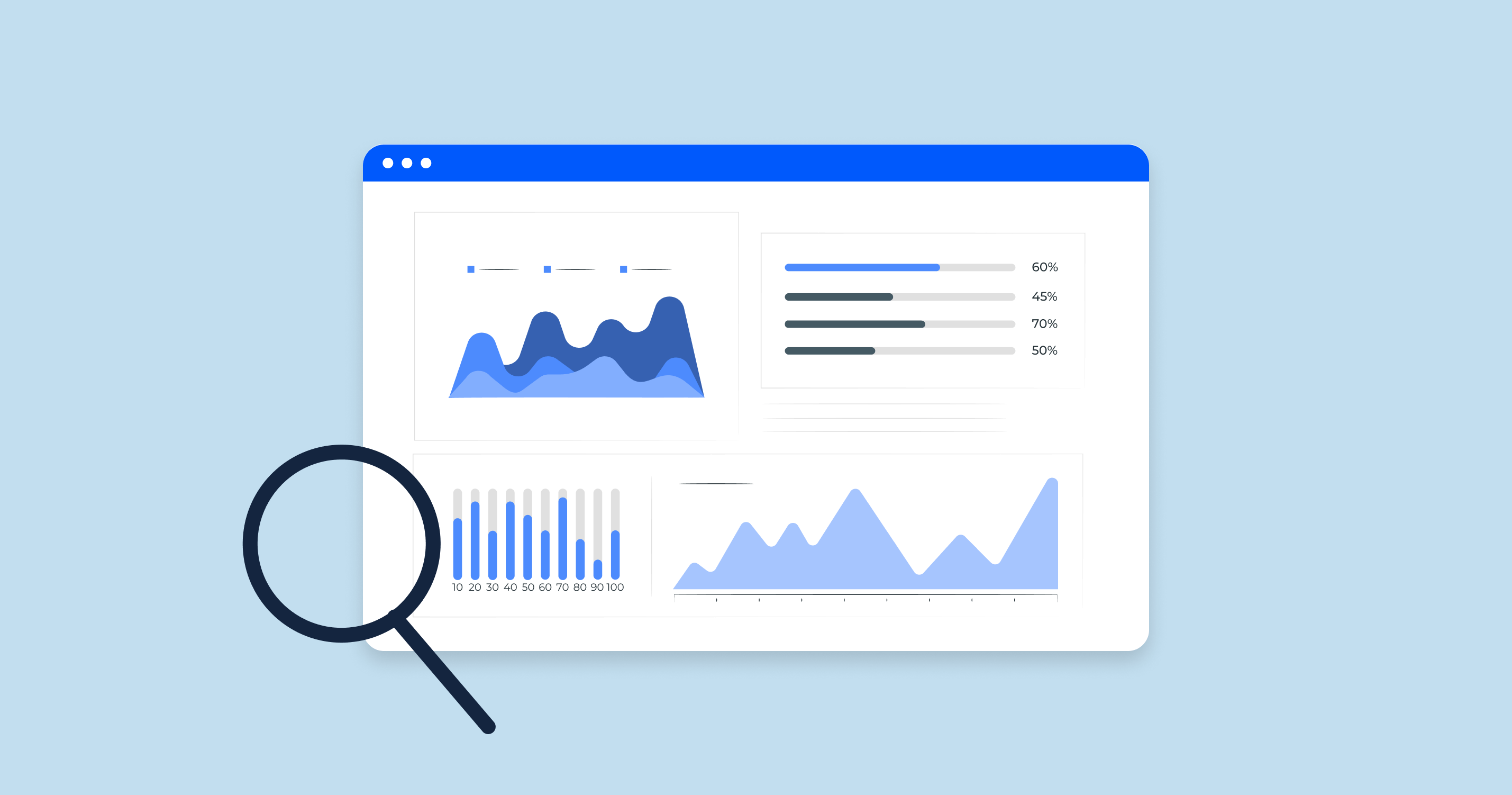In today’s fiercely competitive business landscape, staying ahead of the curve is essential for success. One of the most effective tools for gaining a competitive edge is the competitive intelligence report example. These reports provide invaluable insights into market trends, competitor strategies, and customer behaviors, enabling businesses to make informed decisions and adapt their strategies accordingly.
Components of a Competitive Intelligence Report Example

A well-rounded competitive intelligence report typically consists of three main components: market analysis, competitor analysis, and SWOT analysis.
1. Market Analysis
Market analysis involves evaluating the size, growth rate, and key trends of the target market. It provides an overview of the industry landscape, including factors such as market demand, consumer behavior, and regulatory environment.
2. Competitor Analysis
Competitor analysis focuses on understanding the strengths, weaknesses, opportunities, and threats posed by rival firms. It involves gathering intelligence on competitors’ products, pricing strategies, marketing tactics, and market share.
3. SWOT Analysis
SWOT analysis is a strategic planning tool that helps businesses identify their internal strengths and weaknesses, as well as external opportunities and threats. It provides a structured framework for assessing the competitive landscape and formulating effective strategies.
Types of Competitive Intelligence Reports
Competitive intelligence reports can be classified into three main types: strategic reports, tactical reports, and operational reports.
1. Strategic Reports
Strategic reports provide high-level insights into long-term trends and industry dynamics. They help businesses identify emerging opportunities and threats, as well as develop overarching strategies to achieve their goals.
2. Tactical Reports
Tactical reports focus on short-to-medium-term objectives and actionable insights. They provide detailed analysis of specific market segments, competitor activities, and strategic initiatives.
3. Operational Reports
Operational reports are focused on day-to-day activities and performance metrics. They provide real-time information and actionable recommendations to support operational decision-making.
Key Elements to Include in a Competitive Intelligence Report
Effective competitive intelligence reports should include the following key elements:
1. Market Trends
Identify current and emerging trends in the target market, such as technological advancements, consumer preferences, and regulatory changes.
2. Competitor Strategies
Analyze competitor strategies, including product positioning, pricing tactics, marketing campaigns, and distribution channels.
3. Customer Insights
Gather data on customer preferences, behaviors, and demographics to better understand their needs and preferences.
The Process of Creating a Competitive Intelligence Report Example
Creating a competitive intelligence report involves several key steps:
1. Gathering Data
Collect relevant information from various sources, such as market research reports, industry publications, news articles, and social media channels.
2. Analyzing Information
Analyze the data to identify patterns, trends, and actionable insights. Use tools such as data visualization and statistical analysis to uncover hidden insights.
3. Formulating Recommendations
Based on the analysis, formulate strategic recommendations and actionable insights to guide decision-making and drive business growth.
Importance of Accuracy and Timeliness in Competitive Intelligence Reports
Accuracy and timeliness are critical factors in competitive intelligence reporting. Outdated or inaccurate information can lead to flawed decision-making and missed opportunities.
1. Impact on Decision-Making
Timely and accurate competitive intelligence enables businesses to make informed decisions and respond quickly to changes in the market environment.
2. Avoiding Outdated Information
Regularly update competitive intelligence reports to ensure they reflect the latest market trends, competitor activities, and consumer preferences.
Best Practices for Developing Effective Competitive Intelligence Report Example
To create effective competitive intelligence report example, businesses should follow these best practices:
1. Utilizing Reliable Sources
Rely on reputable sources of information, such as industry analysts, market research firms, and primary research studies.
2. Continuous Monitoring and Updating
Regularly monitor the competitive landscape and update reports accordingly to ensure they remain relevant and actionable.
Competitive Intelligence Reporting Tools
Several tools and software platforms are available to streamline the competitive intelligence reporting process.
1. AI-Powered Solutions
AI-powered solutions leverage machine learning algorithms to automate data collection, analysis, and reporting, enabling businesses to gain insights more efficiently.
2. Data Visualization Tools
Data visualization tools help transform complex data into easy-to-understand charts, graphs, and dashboards, facilitating better decision-making and communication.
Case Studies with Record-Breaking Success
To illustrate the power of competitive intelligence reports, let’s take a look at some real-world case studies that have led to record-breaking success for businesses across industries.
1. Netflix’s Global Expansion Strategy
Netflix’s expansion into international markets is a textbook example of using competitive intelligence to dominate the streaming industry. By analyzing competitor offerings, market demand, and consumer behavior, Netflix tailored its content strategy to each region. This approach led to rapid growth, with the company surpassing 230 million subscribers worldwide by 2023.
Netflix’s ability to identify key opportunities in local content production helped it outpace rivals like Disney+ and Amazon Prime in various regions. As noted by Reed Hastings, co-founder of Netflix, “Competitive intelligence helped us understand what global audiences were craving, and we focused on delivering it better than anyone else.”
2. Coca-Cola vs. Pepsi: Winning the Cola Wars
Coca-Cola has long been a master of competitive intelligence, continually staying ahead of rival Pepsi. Through detailed competitor analysis and market research, Coca-Cola launched initiatives like personalized Coke cans and health-conscious beverages, both of which resonated with emerging consumer preferences. In contrast, Pepsi struggled to respond to these swift shifts in consumer behavior.
According to a report by Business Insider, Coca-Cola’s timely and strategic responses helped the company maintain its leadership in the global beverage market, boasting over 43% market share in 2022.
Influencer Tweets and Quotes
The importance of competitive intelligence has been echoed by key influencers in the business world. Here are a few notable quotes:
Gary Vaynerchuk (@garyvee)
“In a world where everyone’s guessing, data-backed competitive intelligence is the only sure way to outsmart the competition. Be a student of the market, always.”Neil Patel (@neilpatel)
“Competitive intelligence isn’t just a strategy; it’s survival. Businesses that don’t prioritize it are falling behind daily.”
These influencers highlight the critical nature of staying informed in a hyper-competitive market and how real-time intelligence is essential to outmaneuver rivals.
Record-Breaking Competitive Moves
Several companies have used competitive intelligence to execute record-breaking strategies:
Apple’s Dominance in the Smartphone Market
Apple’s rise to dominate the premium smartphone market can be attributed in part to its detailed competitor analysis. By focusing on product differentiation, superior customer experience, and maintaining a premium brand image, Apple continues to thrive even in saturated markets. Apple’s market cap hit a record-breaking $3 trillion in 2023, in part due to its proactive approach to understanding competitor strategies.
As Tim Cook, CEO of Apple, once said: “We’ve always believed that customer insight is key. But staying ahead of competitors requires a deep understanding of the entire market.”
Amazon’s Market Disruption
Amazon leveraged competitive intelligence to disrupt various industries, from retail to cloud computing. Its ability to analyze competitor pricing strategies, logistics networks, and consumer demands allowed it to continuously innovate and stay ahead. By 2023, Amazon had cemented its position as the world’s largest online retailer, with annual revenues exceeding $500 billion.
Jeff Bezos famously said: “If we can keep our competitors focused on us while we stay focused on the customer, ultimately we’ll turn out all right.”
Challenges
Despite their benefits, competitive intelligence reports come with their own set of challenges.
1. Information Overload
The abundance of data available can overwhelm businesses, making it difficult to extract meaningful insights and identify actionable recommendations.
2. Maintaining Confidentiality
Ensuring the confidentiality of sensitive information is essential when gathering competitive intelligence, especially when dealing with proprietary data or trade secrets.
Future Trends
The future of competitive intelligence reporting is marked by advancements in technology and analytics.
1. Integration of AI and Machine Learning
AI and machine learning technologies will play an increasingly important role in automating data collection, analysis, and reporting, enabling businesses to gain deeper insights and make more accurate predictions.
2. Predictive Analytics
Predictive analytics will enable businesses to anticipate future market trends and competitor actions, giving them a competitive advantage in rapidly evolving industries.
Conclusion
In conclusion, competitive intelligence reports are invaluable tools for businesses seeking to gain a competitive edge in today’s fast-paced marketplace. By providing insights into market trends, competitor strategies, and customer behaviors, these reports enable businesses to make informed decisions and adapt their strategies accordingly. By following best practices and leveraging advanced technologies, businesses can harness the power of competitive intelligence to drive growth and success.
Ready to take your business to the next level? Request a demo from AIM Technologies today and see how our innovative solutions can help you unlock new opportunities and stay ahead of the competition.
FAQs
What are the benefits of using competitive intelligence reports?
- Competitive intelligence reports help businesses stay informed about market trends, competitor strategies, and customer preferences, enabling them to make strategic decisions and gain a competitive edge.
How often should competitive intelligence reports be updated?
- Competitive intelligence reports should be updated regularly to ensure they reflect the latest market dynamics and competitor activities. The frequency of updates may vary depending on the industry and business objectives.
What are some common mistakes to avoid in creating these reports?
- Common mistakes in creating competitive intelligence reports include relying on outdated or unreliable sources, overlooking key competitors, and failing to validate assumptions.
Can small businesses benefit from competitive intelligence reports?
- Absolutely. Competitive intelligence reports provide valuable insights into market trends, competitor strategies, and customer behaviors, which can help small businesses identify growth opportunities and make informed decisions.
Are there any ethical considerations in gathering competitive intelligence?
- Yes, ethical considerations are important when gathering competitive intelligence, particularly regarding the use of proprietary information and respecting the privacy of competitors. It’s essential to adhere to ethical guidelines and legal regulations to maintain trust and integrity in the marketplace.




